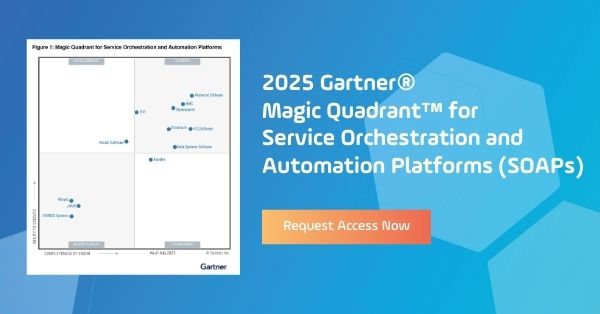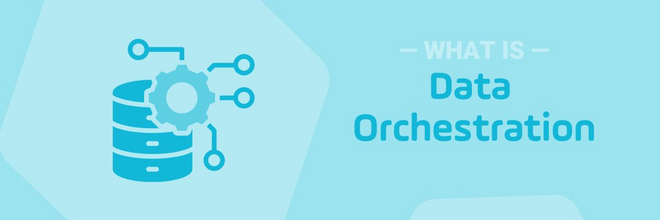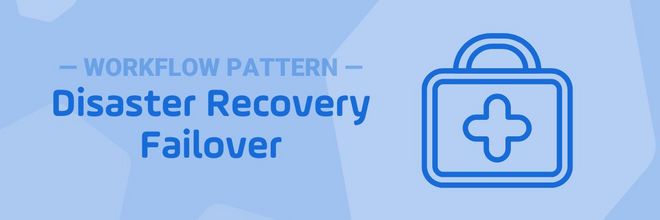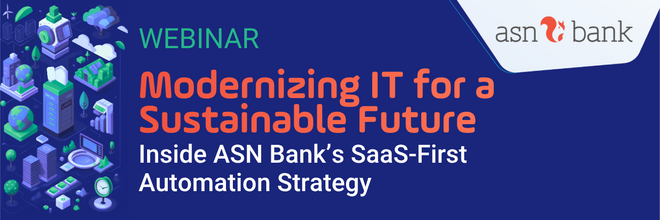Orchestrate Kubernetes Workloads on Google Cloud with Universal Automation Center
Learn how and why to use Universal Automation Center to schedule applications on Google Kubernetes Engine.
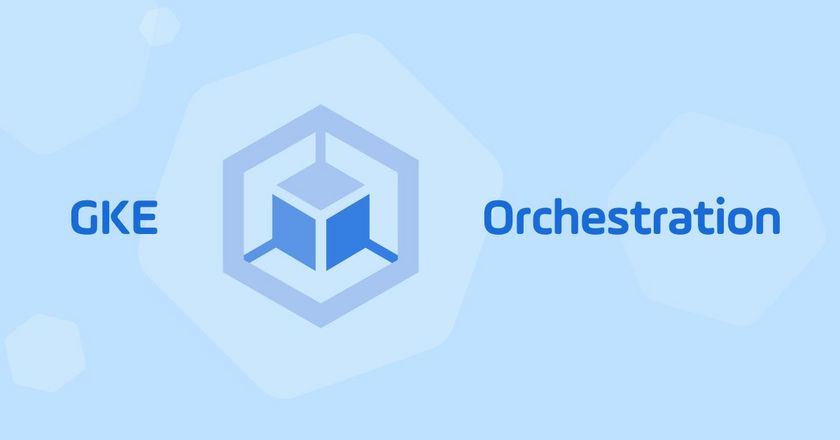
Container platforms like Google Kubernetes Engine (GKE) offer a scalable, cloud-native place to run containerized workloads — it’s where the work happens. Automation solutions like Stonebranch Universal Automation Center (UAC) provide powerful orchestration capabilities that handle the when, how, and why (under what conditions) that the work should happen.
While GKE includes native scheduling through CronJobs, UAC extends these capabilities to support enterprise-grade, event-driven automation, secure data flows, and complex workflow orchestration across hybrid environments.
Benefits of Orchestrating GKE Workloads and File Transfers with UAC
Stonebranch is a Google Cloud partner. Stonebranch UAC provides a comprehensive automation and orchestration solution for Google Kubernetes Engine. When using GKE with UAC, you gain a unified solution capable of triggering data pipelines, deploying microservices, and coordinating jobs across hybrid environments. Integrating UAC with GKE ensures automation is event-driven, auditable, and scalable from end to end.
Key benefits include:
1. Dynamic Job Scheduling and Monitoring
UAC lets you schedule and monitor jobs on GKE based not only on time (like traditional cron jobs), but also on events and webhook triggers. This flexibility enables automation that responds in real time to business activity, application state, and external systems — delivering a smarter and more agile alternative to static scheduling. As a practical real-world use case: A large international insurance company triggers the Kubernetes jobs in real-time whenever new insurance policy data is available. This highly reduces their processing time.
2. Secure Data Transfers Across Your Ecosystem
With UAC, you can securely move data between applications running on GKE and other systems in your environment. One unique feature of using UAC is that you do not need to open any route to your Kubernetes cluster when transferring files to GKE. This simplifies the configuration a lot. Key capabilities include:
- Mainframe-to-GKE data transfers: For instance, a large financial company uses UAC to transfer policy data from a mainframe to its main web portal, which is hosted on Kubernetes.
- Server-to-GKE file transfers: With full encryption and auditability.
- Data streaming to and from Google Cloud Storage buckets, directly into GKE workloads: supporting high-volume, low-latency data pipelines without the need for manual intervention.
3. Dev/Test Automation
Stonebranch UAC helps platform engineering and DevOps teams streamline the deployment of ephemeral Kubernetes environments for development and QA. With built-in support for Helm and Git-based version control, teams can create repeatable, automated workflows that align with GitOps practices, including the following:
- Automate Feature Testing: Quickly spin up a replica of production to test a feature branch without manual setup.
- Spin Up Temporary QA Environments: Provision a clean QA environment for each test suite, then automatically tear it down when the tests finish.
- Deploy the Same Way Every Time: Automatically roll out Helm-based deployments of microservices into GKE across multiple environments (dev, staging, prod) using the same workflow logic.
4. Centralized Workflow Orchestration
From a unified interface, UAC empowers you to design and manage end-to-end workflows that span:
- On-premises infrastructure
- Google and other Cloud services
- Enterprise applications like SAP S/4HANA RISE deployed on Google Cloud
- Applications deployed on GKE
This is ideal for orchestrating complex business processes such as data pipelines or an SAP order-to-cash or commission process, where multiple systems must work together reliably and efficiently.
5. Built for Enterprise Governance
UAC provides full OpenTelemetry-based observability, audit logging, and role-based access control — delivering the operational transparency and compliance capabilities enterprises need when automating critical workloads on GKE.
Additional benefits include:
- Job Management: Schedule, monitor, and delete Kubernetes batch and cron jobs that are based on time, events, and webhooks directly from the UAC, simplifying job orchestration.
- Data Transfers: Securely transfer data between applications running on Kubernetes, including mainframe-to-Kubernetes transfers and server-to-Kubernetes transfers.
- Data Streaming: Stream data from and to any Google Cloud Storage bucket to GKE.
- Command Execution: Execute 'kubectl' commands for comprehensive Kubernetes management.
- Flexible Deployments: Deploy applications from various sources, including GitHub, GitLab, local file systems, or the UAC Script Library.
- Development and Testing: Deploy UAC via Helm within a Kubernetes environment for streamlined development and testing processes.
Integration Between UAC and GKE
Stonebranch Google Kubernetes Engine Jobs is a UAC integration that deploys and monitors a GKE job on a specified cluster, and deletes a GKE job from the specified namespace.
The following example demonstrates how to use this integration to create a sales data ingestion pipeline in a hybrid environment with Google Cloud.
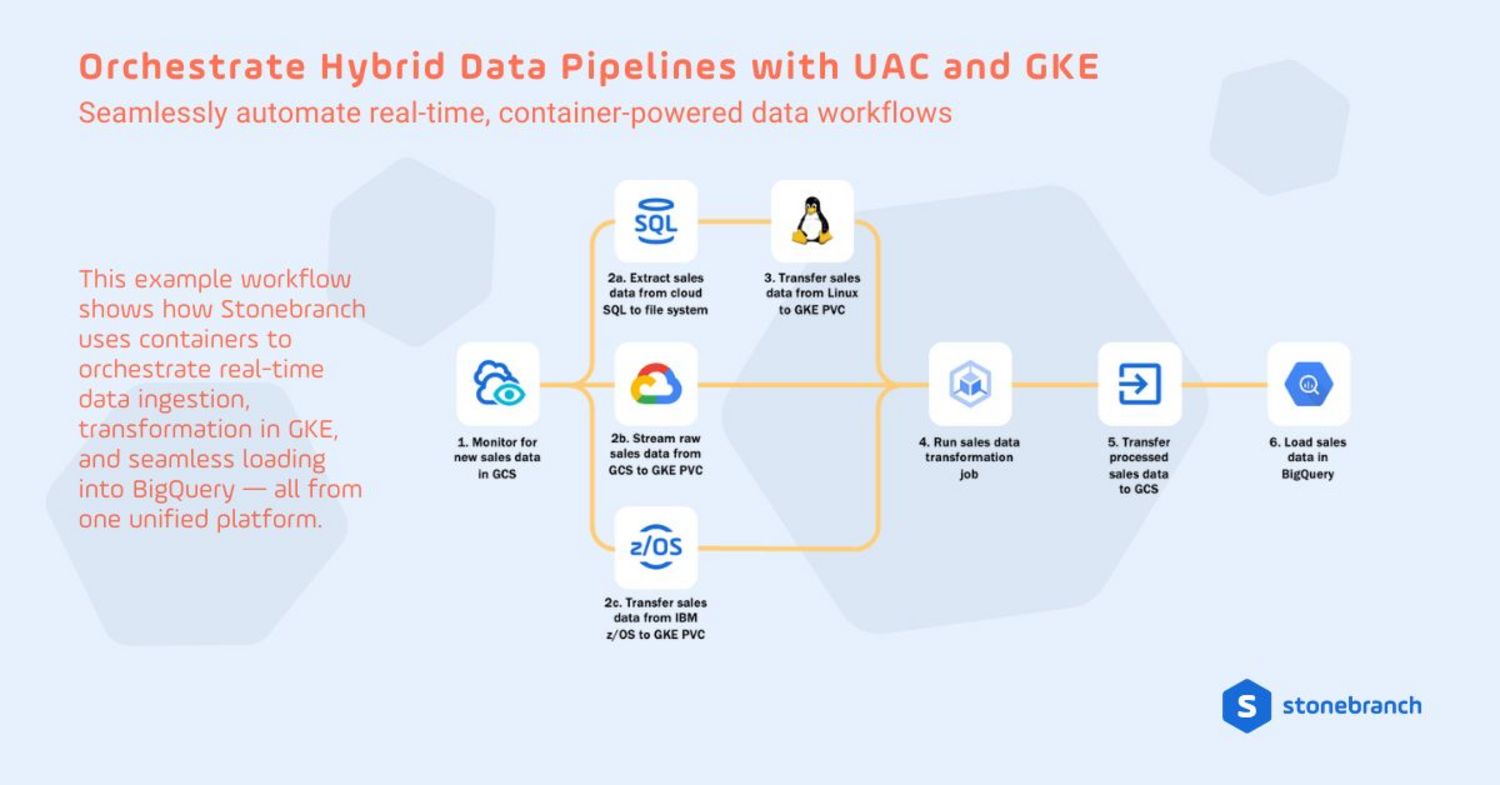
This pipeline is triggered in real time when new sales data is uploaded to a Google Cloud Storage (GCS) bucket (step 1). Once triggered, the workflow executes multiple tasks to extract data from various sources:
- From a cloud-based SQL database on Google Cloud (step 2a)
- From GCS (step 2b)
- From an IBM mainframe (step 2c)
The extracted data is streamed to a persistent volume claim (PVC) in GKE, where it is cleaned, validated, and enriched by a containerized application (step 4).
After processing, the cleaned data is stored in a processed GCS bucket (step 5) and then loaded into Google BigQuery for analytics and reporting (step 6).
Deployment for Stonebranch UAC on GKE
The Universal Automation Center (UAC) comprises two fundamental components: Universal Agents and the Universal Controller.
- Universal Agents exhibit broad deployment capabilities, compatible with a wide range of operating systems, including Linux, Windows, and IBM z/OS. Furthermore, they can be deployed within a Google Kubernetes Engine (GKE) pod, functioning either as a standalone container or as a sidecar container.
- The Universal Controller, along with its requisite components, can be deployed on GKE via Helm. Alternatively, deployment can be rapidly established as a SaaS public cloud installation or as an on-premises deployment.
The diagram below illustrates the Universal Controller's high-level architecture when deployed on GKE via Helm. It’s also noteworthy that the Universal Controller can be deployed through a workflow initiated by another Universal Controller instance, providing an alternative to Helm-based deployment. For more information, read the documentation for the GKE Jobs integration.
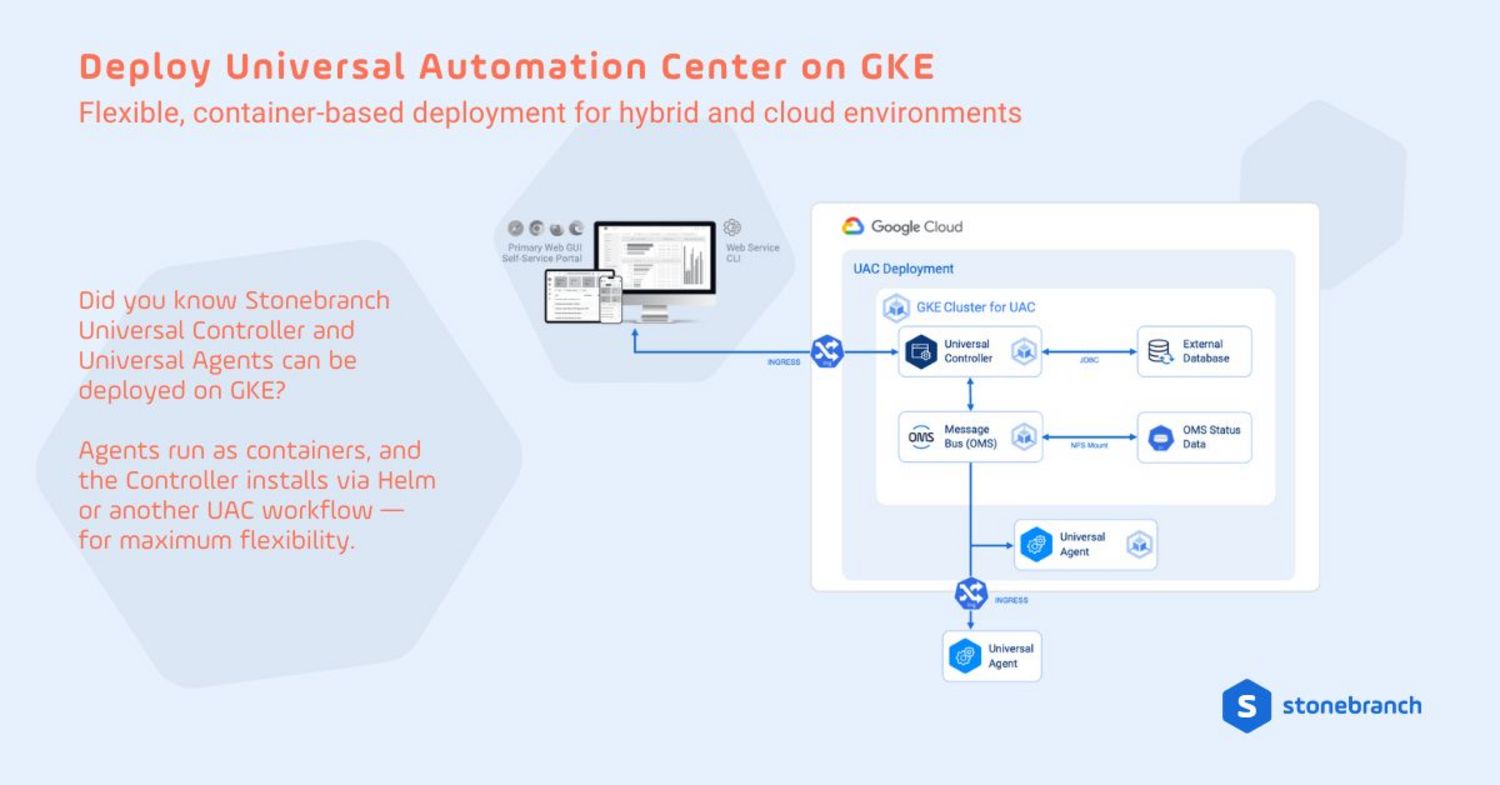
Next Steps
Google Kubernetes Engine Jobs is just one of the 100+ pre-built UAC integrations available on the Stonebranch Integration Hub. With these ready-to-use connectors, you can seamlessly orchestrate workflows across virtually any platform or service. Explore the Integration Hub today and discover how effortlessly you can extend automation beyond GKE — all from a single, unified control center.
Start Your Automation Initiative Now
Schedule a Live Demo with a Stonebranch Solution Expert


